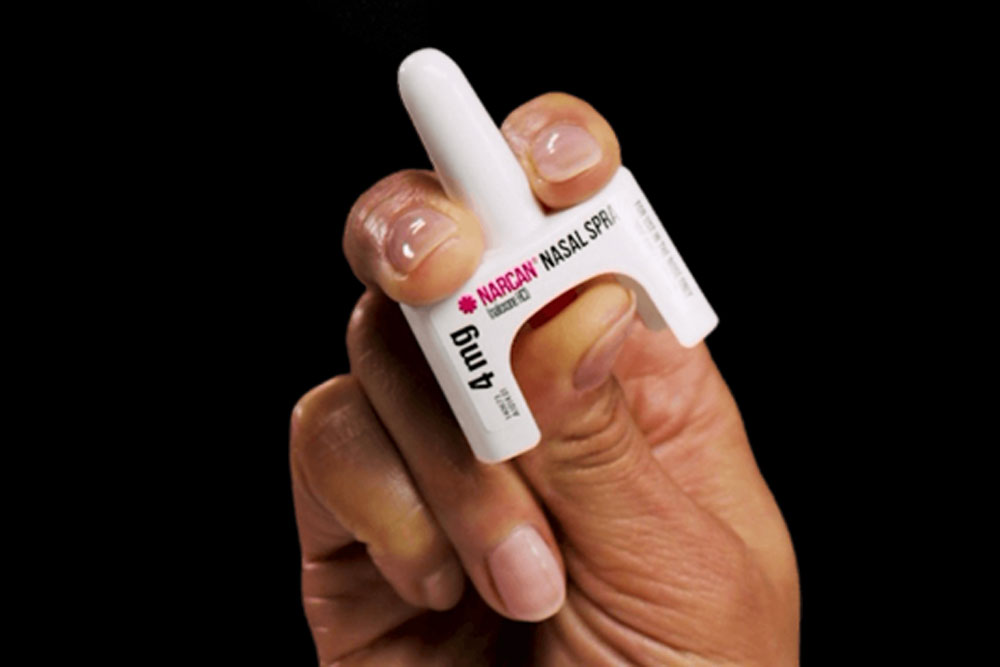Resource Center
An Educated Community is a Safe Community.
Share
Fentanyl Poisoning: It Can Happen to ANYONE.
Pennsylvania Human Resources
Explore our resource center for practical resources to educate and promote the health and safety of young adults dying of drug poisoning. You’ll find up-to-date fact sheets, webinars, manuals, training guides, and more.
Opioid Use Disorder Facts Five Essential Steps for First Responders Information for Prescribers Safety Advice for Patients & Family Members Recovering From Opioid Overdose.
Snap is committed to doing their part to fight the growing fentanyl epidemic on their social platform and helping raise awareness with young people. Check out their key research findings.
Even in a short period of time, opioids can negatively affect the health of the brain. While an opioid has the ability to bind to the brain’s pleasure receptors & manage pain effectively, an opioid also attaches to non-pleasure receptors in the brain & spinal cord, which masks pain in the body.
After a North Dakota teen dies from a fentanyl overdose, federal agents track down the man who supplied the lethal dose and crack his international network. Learn more about your ad choices.
Listen Here
Life Unites Us workbook was developed by a team of public health professionals from Penn State University, The Public Good Projects (PGP), Shatterproof, and the Community Impact Committee.
Every day, we lose 10 Pennsylvanians to substance use disorder. This disease affects each and every Pennsylvanian and threatens entire communities in our commonwealth.
Learn about how substance use disorders (SUDs) affect tissue function in two main parts of the brain.
Not everyone who uses alcohol or drugs develops a substance use disorder (SUD)—why is that?
Data visualization of fentanyl related overdoses in Pennsylvania since 2012. This interactive data shows trends in fatal and non-fatal overdoses.
Synthetic opioid-involved death rates increased by over 56% from 2019 to 2020 and accounted for over 82% of all opioid-involved deaths in 2020. The rate of overdose deaths involving synthetic opioids was more than 18 times higher in 2020 than in 2013.
Sign Up for Fake Is Real Monthly Updates
Opioids Harm the Brain & Body
Even in a short period of time, opioids can negatively affect the health of the brain. While an opioid has the ability to bind to the brain’s pleasure receptors & manage pain effectively, an opioid also attaches to non-pleasure receptors in the brain & spinal cord, which masks pain in the body.
From 2015 to 2020, the percentage of all drug overdose deaths involving xylazine increased from 2% to 26% in Pennsylvania. The illicit opioid supply may render naloxone less effective for some overdoses.
Physician Task Force focused on the actions that physicians could take. Please encourage physicians to register for and use PDMPs to help inform clinical decision-making.
From 2015 to 2020, the percentage of all drug overdose deaths involving xylazine increased from 2% to 26% in Pennsylvania. The illicit opioid supply may render naloxone less effective for some overdoses.
Psyician Task Force focused on the actions that physicians could take. Please encourage physicians to register for and use PDMPs to help inform clinical decision-making.
Pennsylvania has one of the HIGHEST rates of opioid overdose in the nation.

Being Prepared Can Save a Life
Having adequate training and supplies in the event of an overdose can save a life. NARCAN is easy to use and easily accessible without a prescription.

